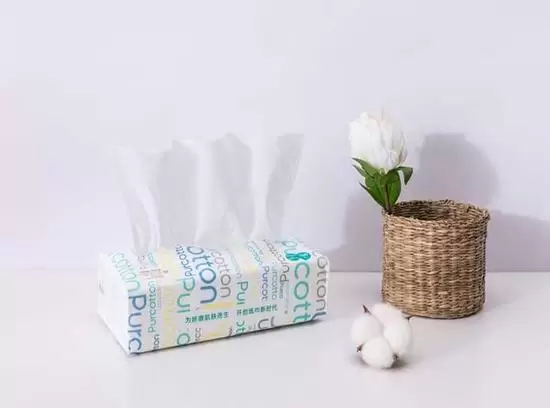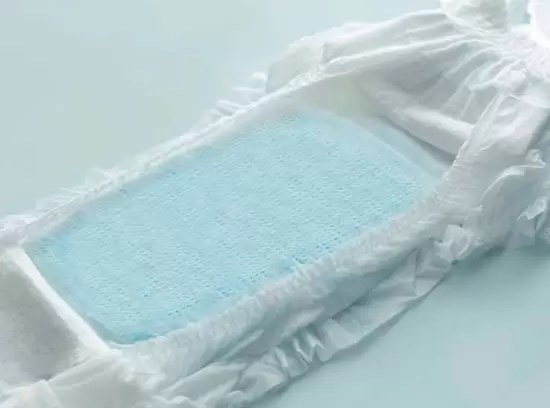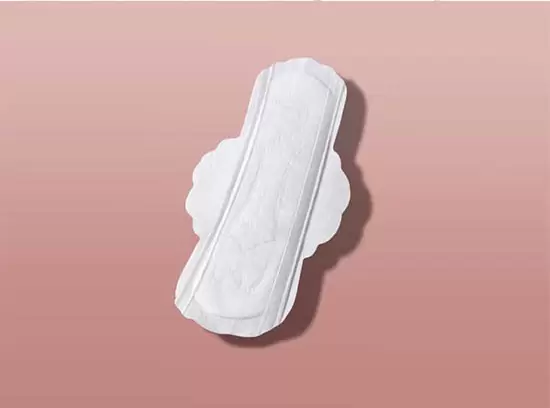Many consumers have doubts when buying medical cotton swabs. Since medical cotton swabs are sterilized and used for direct contact with patient wounds for disinfection and medication treatment, the sterilization process is very important. Medical cotton swabs are sterilized; in addition, there are quite high standards for the selection of defatted raw materials for making cotton swabs, and materials that meet national standards and industry standards must be used, which is shown specifically as follows:
Requirements for the production of medical cotton swabs
The defatted cotton used to make cotton balls must meet relevant requirements: soft, white, odorless cotton fiber, smooth and without burrs and breakage, and with certain peel strength and bending resistance of cotton head. Medical cotton swabs are sterilized with ethylene oxide, which is a broad-spectrum sterilizing agent that can kill various microorganisms including spores, tuberculosis bacilli, bacteria, viruses, and fungi at room temperature. It is a commonly used method for disinfecting medical supplies and is one of the main low-temperature sterilization methods.
After sterilization with ethylene oxide, medical cotton swabs are sealed and packaged and do not come into contact with air, so they do not produce any peculiar or medicinal smells. The smell we encounter with cotton swabs is generally the result of doctors dipping medical cotton swabs in a certain amount of medicine or disinfectant, and it is not the smell of the cotton swab itself. After opening the package, cotton swabs should be used promptly to avoid infection caused by prolonged exposure to air.
Standards for producing medical cotton swabs
Medical cotton swabs are a commonly used medical item used for disinfecting and medicating abrasions and cannot be replaced with ordinary cotton swabs. So, what are the specific standards for medical cotton swabs?
- Raw materials for cotton swabs. The cotton balls used for swabbing should be defatted cotton that meets relevant requirements and pass factory inspection; the cotton fibers should be soft, clean, and odorless, with no yellow spots, stains, or foreign objects.
- Cotton swab sticks. The surface of plastic and paper sticks should be smooth and without burrs, stains, or foreign objects; the surface of wooden and bamboo sticks should be smooth and without breakage, stains, or foreign objects.
- Physical properties. Peeling force of cotton head: cotton fibers should be tightly rolled inside and loosely outside and be able to withstand 100g of pull without completely peeling off.
- Bending resistance: the cotton swab stick should be able to withstand an external force of 100g without permanent deformation or breaking.
- Hygiene index: products should be sterilized effectively to ensure sterilization and the residual amount of ethylene oxide should be less than 10μg/g after analysis.













